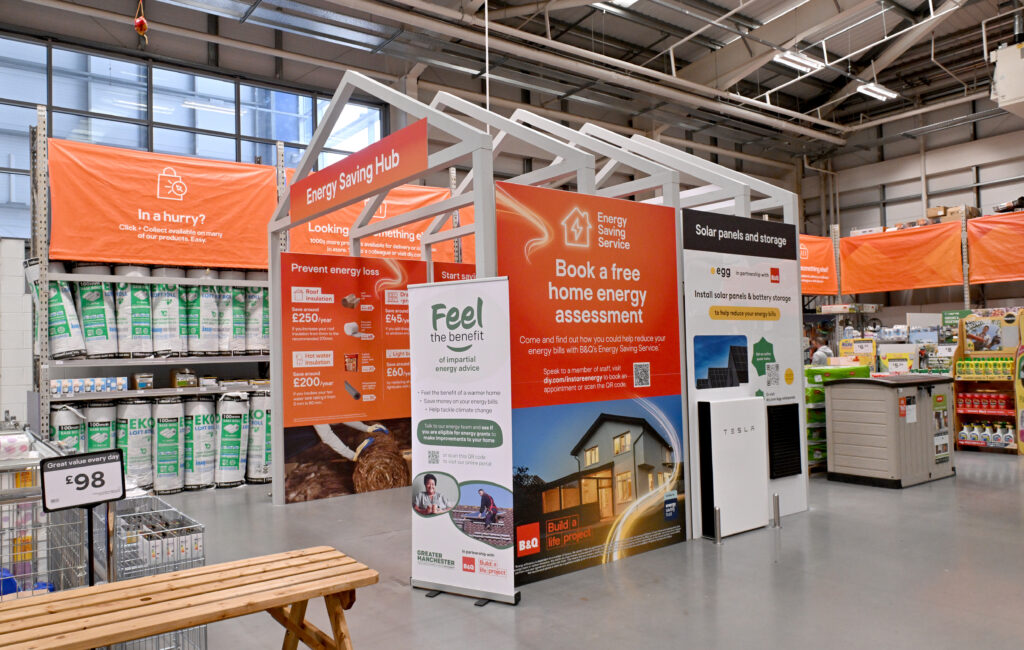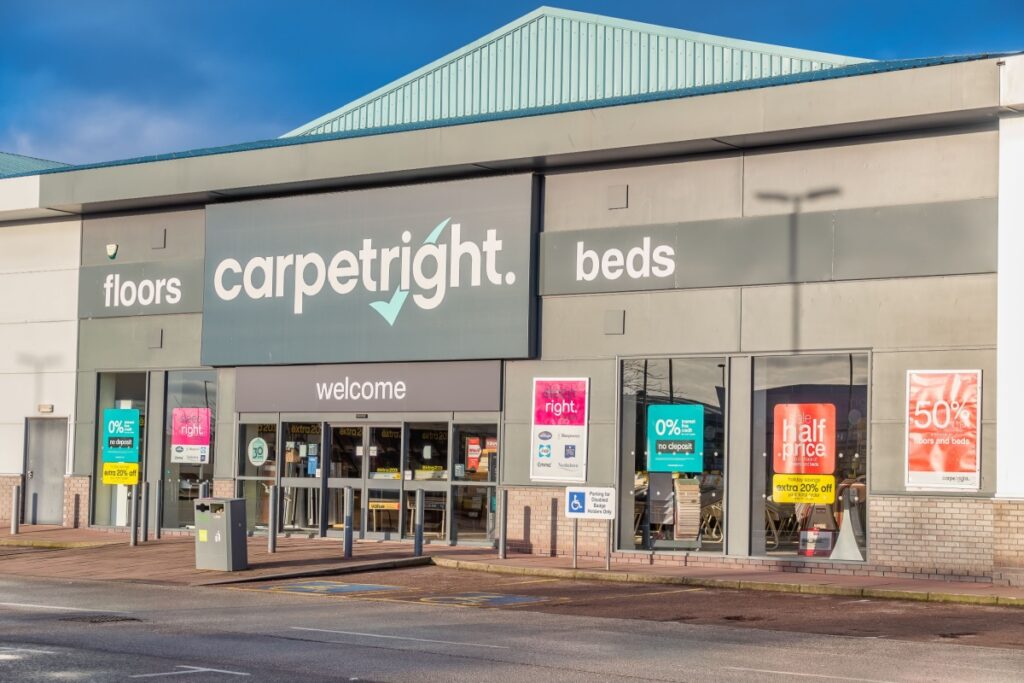Online sales have represented the highest percentage of total non-food sales so far this year according to the British Retail Consortium (BRC) and KPMG.
The monitor, which covers the whole of the retail industry, and featured detailed online sales data for the first time, found September online sales represented 17.5 per cent of total non-food sales – the highest penetration rate this year.
There was a 13.4 per cent growth in online sales of non-food products in the UK in September versus a year earlier, on a weighted basis.
Helen Dickinson, Director General, British Retail Consortium, said: “This is a fascinating month to analyse online data for the first time, because it shows that one third of non-food sales growth comes from online purchases.”
If online sales had not grown this month, Clothing and Footwear would have shown a decline.
Online shopping is widely reported to be growing rapidly and could be worth £50bn by 2018.
David McCorquodale, Head of Retail, KPMG, said: “Online sales continued to soar in September and achieved another month of double digit growth. Electricals and back to college items helped to drive growth, but unseasonably warm weather also prompted consumers to browse online for the lighter-weight pieces of clothing, checking the latest trends of the season and making full use of the ever-increasing click-and-collect options. This demonstrates the vital role online can play for retailers during the transition between seasons.
“Retailers have also invested significantly to ensure their omni-channel processes can meet consumer demand and this is reflected in the penetration levels, which have now reached their highest level seen so far this year.”
The latest results have provoked reaction that the UK is heading towards a shopping experience dominated by online as the high-street continues to struggle.
But Dr David Lewis, who has written The Brain Sell – When Science Meets Shopping, said he expected the high-street to be serving the community a thousand years from now.
“We need to distinguish between going shopping (a major leisure activity world wide) and doing the shopping. The latter involves buying the products we need but are not in any way excited about owning. For example, washing-up liquid and lavatory paper,” he said.
“Doing the shopping is increasingly becoming an on-line experience particularly in the UK as busy families seek new ways to manage limited time. It is most likely to involve bricks rather than clicks when goods are needed urgently – hence all popularity of all night shopping.”
















